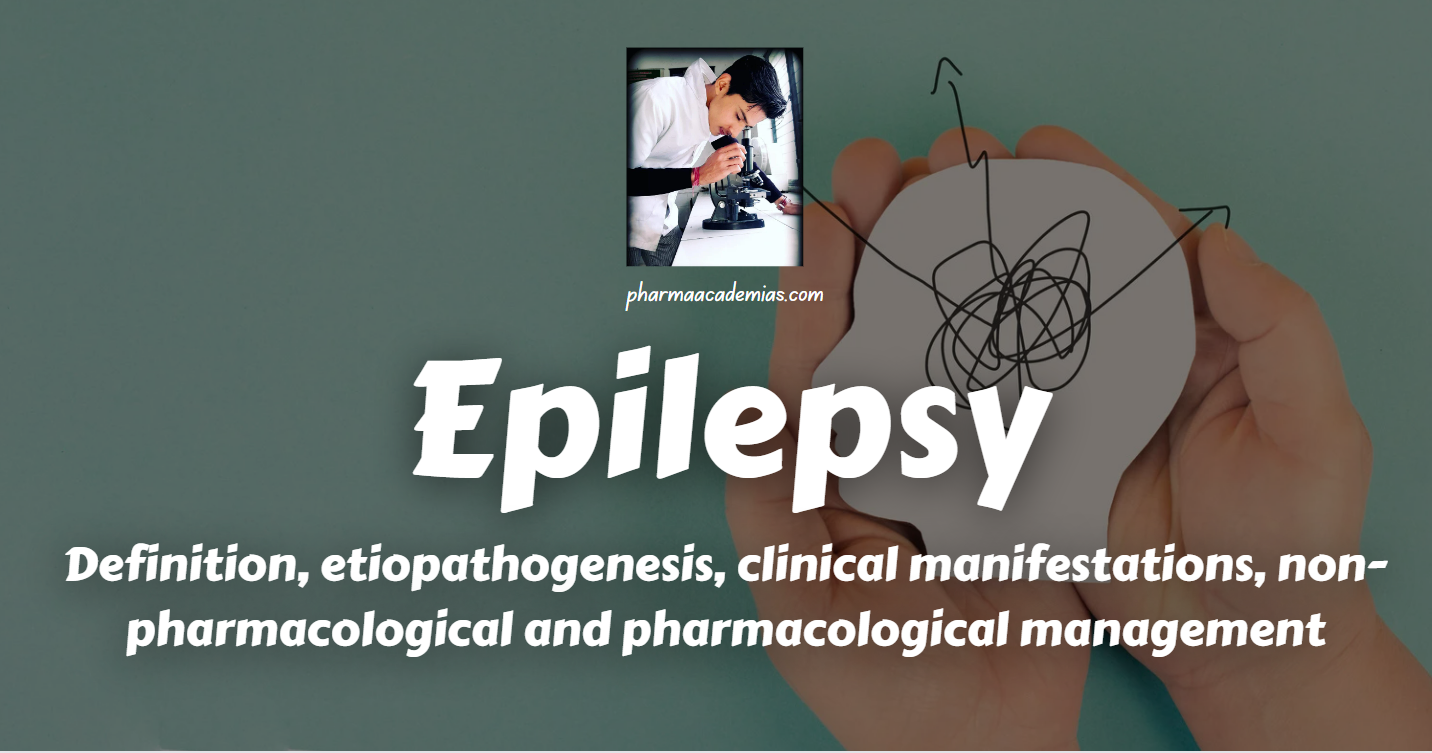Anti-Epileptic Drugs (AEDs): definition, classification, mechanism and side effects
Anti-epileptic drugs (AEDs), also known as anti-seizure medications or anticonvulsants, are a class of medications used to prevent or reduce the frequency and severity of epileptic seizures. Epilepsy is a neurological disorder characterized by recurrent, unprovoked seizures, which result from abnormal electrical activity in the brain. AEDs act on various neurotransmitter systems and ion channels … Read more



 Join Our Telegram Channel
Join Our Telegram Channel